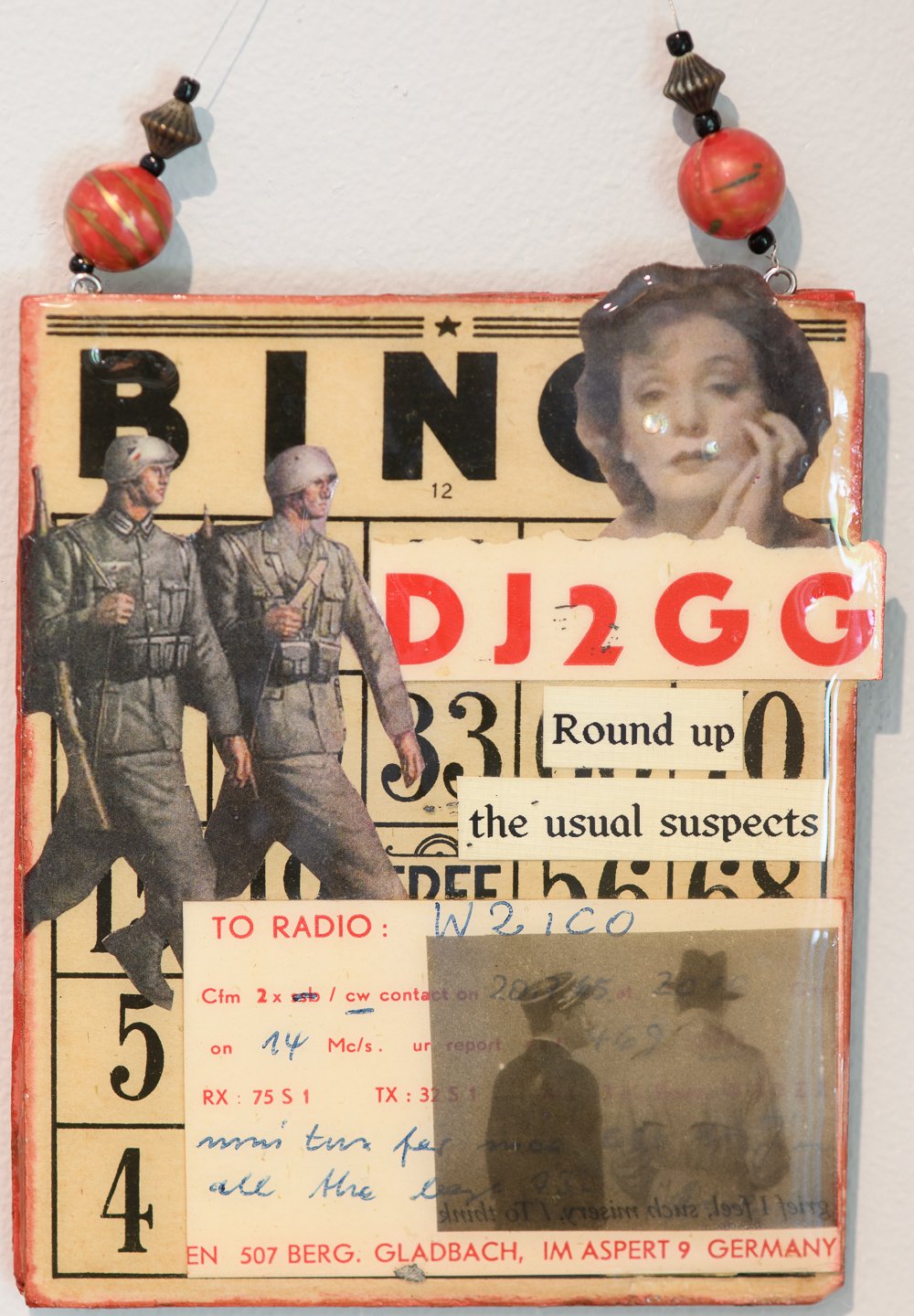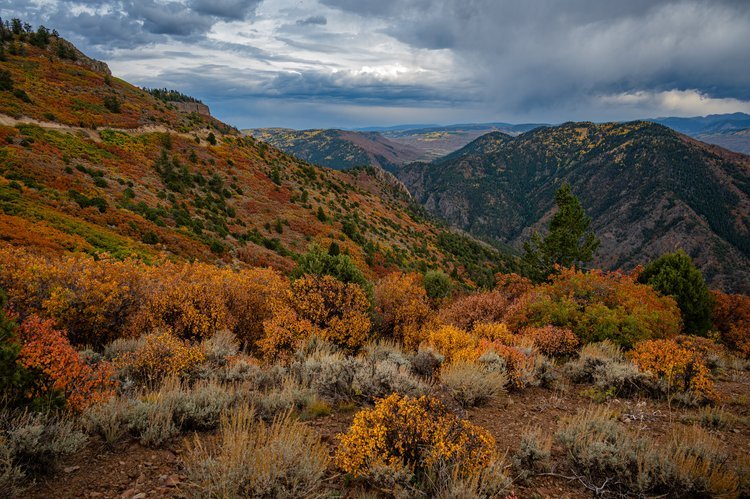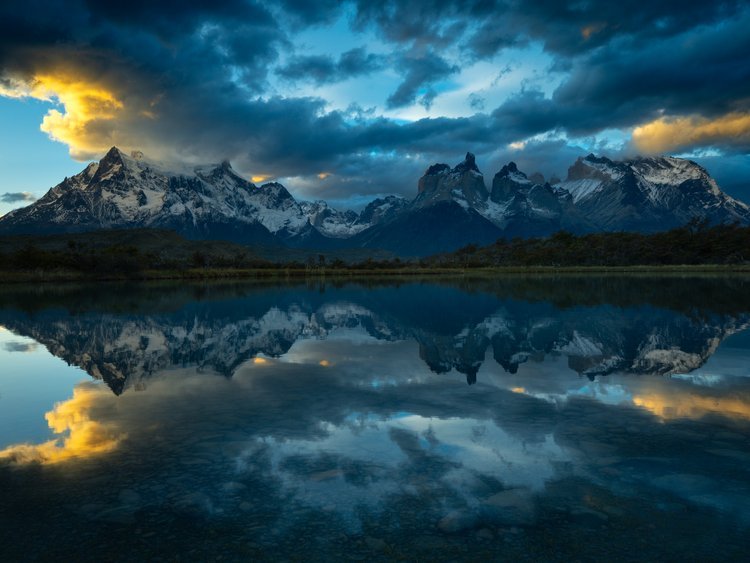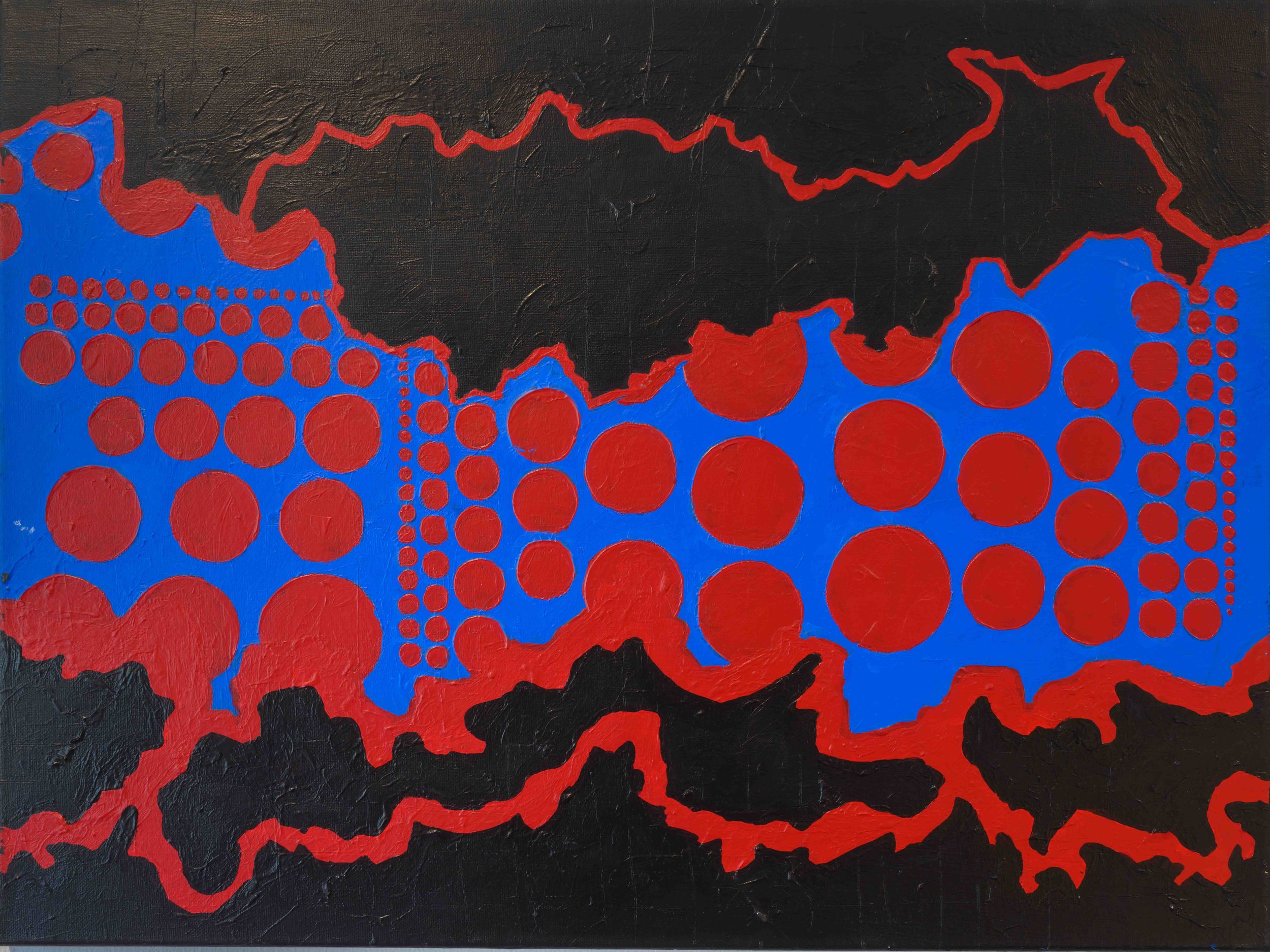Previous Exhibits
Highlights of Patagonia and Peru
by Mark Howenstein
This exhibit contains some of my favorite images from my two trips to South America in 2023. In April 2023, I attended a seventeen-day Photo workshop in Patagonia with six other photographers and one instructor. We would awaken every morning by 5 am to hike to a photo site, set up and compose in the dark, then await first light hoping to capture the elusive alpenglow on the majestic mountain peaks (which only appears momentarily, if at all). Then in November, I traveled to Peru on a two-week service trip with International Children’s Network. You may recall its children’s choir, Matsiko, that performed here in our sanctuary several years ago. We went to several villages in the Colca Valley to sign up children seeking sponsors for their education. We also attended the four-day Wititi dance festival in Chivay and visited many sites throughout the Sacred Valley including Machu Picchu. I took well-over 2500 images on these two trips, of which I have kept over 700. I have selected 90 of the best images to present in a slide show on May 25th as part of our annual auction. If you like what you see here, you will enjoy this slide show even more.
Prints are available for sale with half the proceeds going to UU Catskills. Please see me, if you are interested.
You can see more of my images at the following websites:
markhowenstein.slickpic.site
photopoiesis-landscapes.myportfolio.com
photopoiesis-travels.myportfolio.com
Thank you for attending. I hope that you enjoy.
Abstract and Surreal
Photographs by Tom Hackett
At some point in the last ten years, I realize that I was not going to stand out as primarily a landscape photographer. I decided to broaden my focus (so to speak) to include projects that did not require me to get up before the crack of dawn or hike miles into the wilderness to make a photograph that was pleasing to me and perhaps others.
Here I have on display photographs that are unrecognizable without some clue about how they were made (abstract) or created from combinations of other photographs to make a (often humorous) point (surreal). I’ll add some more words about the techniques at the bottom.
The camera sees light as three discrete colors: red, green and blue. Where they are all present in equal proportions, the result is gray. We call that “unsaturated” or “desaturated.” When one or two predominate, the result is color. The amount of “saturation” in the color is determined by the magnitude of the differences among the three colors. Bluestone (the photographs were originally individual slabs or bluestone making up Uptown Kingston sidewalks) appears gray or bluish-gray to most of us. But there are subtle differences among the grays. By using software to enhance those subtle differences, we get more saturated colors.
The “Great Salt Lake” photograph was enhanced similarly from an original photograph made in a shallow part of the lake.
“Unknown topography” is really just another bluestone photograph, but it looked to me like a satellite picture of some wilderness area.
“Untitled” has not been significantly altered from the original photograph of an interior wall of the “El Morro” fort in San Juan, Puerto Rico. I imagine the wall is perpetually damp.
Although I have not played in several years (except through a video game), I used to be a fairly decent Bridge player. Bridge requires four people, which was hard to come by when under quarantine during Covid-19.
As a child, I thought it would be neat to have a tree house. So I made one. The fireplace and stairs to the upper floor are from the house I grew up in.
I read a book entitled Why Time Flies. I still don’t get why one would do that.
Jerelynn Mason
I live in Saugerties and have been a member of this congregation for over ten years.
I’ve enjoyed making greeting cards, collages, painting rescued furniture and taking photographs since my retirement a few years ago.
Common photographic themes for me are nature, abandoned and dilapidated buildings or objects and anything that strikes me as interesting at that moment. Views are always changing. Subjects present themselves.
I started collecting vintage portrait photographs, wondering about the people’s lives. Since there’s seldom information about them, I’ve made up the lives I think they did have, or should have had, usually in a steampunk kind of style. I try to be respectful of them (but then there’s that weird sense of humor that cannot be squelched sometimes).
I’ve also been doing some street art projects for local towns, pictured here is this year’s bear for Cairo, Berry Bear, who’s covered in the berries black bears most love to eat, up to 130,000 a year.
Collaging can be a very enjoyable and meditative process. I encourage everyone to sit down and see what you come up with using just paper, scissors and glue.
Don’t self critique. Just have fun.
If you feel so inclined to purchase a photograph,* please place money in the box in the photography box.
One third of the sales will be donated to the UUCatskills.
*This applies to two boxes of loose photographs that the artist has placed near the exhibit. To purchase any of the hanging art, please speak with Jerelynn directly.
Pilgrimage to Patagonia
by Mark Howenstein
Photography became my avocation upon retiring from teaching in June 2020. Even in the midst of Covid, I managed to participate in three photo workshops: Fall Foliage in the San Juan Mountains, Antelope Canyon and the Oregon Coast. Images from the first two workshops are included in this exhibit. In April 2023, I went on a seventeen-day Photo workshop to Patagonia with six fellow photographers and one instructor, Christoph Fischer. This trip, a dream of mine for well-over a decade, became a sacred journey in search of the sublime, one focused on capturing epic landscapes in radiant light. Every morning, we would awaken by 5 am to hike to a photo site, set up and compose in the dark, then await the coming of dawn—from starry night into twilight to first light then alpenglow (each of which is on display in this exhibit). I took well-over 1500 images on the trip, of which I have kept nearly 500, and have collected 80-100 into a slide show that I will present this fall. I captured more keepers on this one workshop than on all five of my prior workshops combined—undoubtedly due to the extent and intensity of the workshop, the quality of the instruction, the perfect timing and awe-inspiring beauty of the locale.
Prints are available for sale with half the proceeds going to UU Catskills. Please see me, if you are interested.
You can see details of the workshop here:
https://beautysurroundsyou.com/patagonia-photography-tour-workshop/
and more of my images at the following websites:
markhowenstein.slickpic.site
photopoiesis-landscapes.myportfolio.com
photopoiesis-travels.myportfolio.com
Thank you for attending. I hope that you enjoy.
Harris Weinberger
Hurley artist Harris Weinberger earned a degree in psychology from Curry College in B Aston and worked as a mechanic at M&E Manufacturing in Kingston. He discovered an enjoyment of abstract painting in an art therapy class many years ago and has pursued it ever since.
His work is original, intuitive and powerful. We are pleased to present an introduction to the vision of Harris Weinberger.
Paulie Pfeiffer
I received art degrees from Rice University, Houston and the University of Texas, Austin. I taught for 20 years at the Laguana Gloria Museum School in Austin and 5 years at the Austin Community College where I taught design, drawing, painting and life drawing.
My work falls in two general categories: work based on painting and drawing the human figure and contemplative painting, works intended as a focal point for meditation and contemplation.
Judith Chase, weaver
Fragments of ancient fabrics and images on pottery shards unearthed by archeologists attest to the activity of weavers throughout human history. While the fabrics of contemporary hand weavers are often influenced by modern technology, the technique of interlacing two sets of threads with some means of holding one set at tension on a loom remains the basic premise of weaving. Fiber type, color, pattern structure and the intended use of the finished cloth are important first decisions made by the weaver. Whether the resulting cloth is deemed to be for Functional - Decorative - Art - Ritual se, the weaver’s “statement” connects the consumer-viewer and the maker in a mutually-rewarding tactile and visual experience.
If we consider the interlacing features of our lives: Family - Friends - Music - Humor - Nature - Philosophy, we are all weavers of life. Some of us are fortunate indeed to make the metaphor tangible.
I began weaving with the wife of my Latin professor at Alfred University more than forty years ago. Following graduation, a move to the Woodstock area, and study with mentor Berta Frey, I established my studio - A WEAVER’S SHED. Here I teach and pursue my interest in weaving future heirlooms, the fabrics of which personal and home environments are made: “Nap Blankets,” placemats, shawls, “Tablescapes,” runners, wall pieces. The colors and textures of nature, the contentment and strength I find in our beautiful Catskill mountains inspire my warps and wefts of natural fibers.
The exhibit below, first displayed in May, features the works of UU Catskills photographers. It is being updated on an occasional basis.



































































































